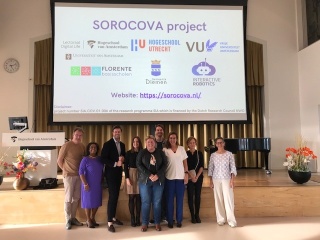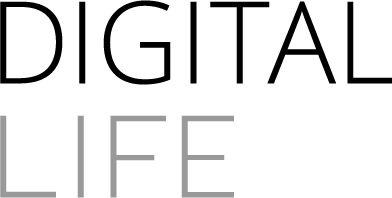Social robots: extra hands in the classroom
12-10-2023

With the current labour market shortage in primary education and the accumulated learning deficits in numeracy due to COVID-19 measures among pupils in upper secondary (groups 6, 7 and 8), there is a growing need for additional support for teachers. In this context, the recently completed project SOROCOVA investigated the deployment and (continued) development of social robotics. With success!
HELD HERO
Calculating robot Hero was deployed with 130 primary school students in the Amsterdam and Utrecht region during the study, wrapping calculation sums in narrative calculation dialogues. This allowed learning tasks to be performed in somewhat playful, social and interactive ways. Additional advantage of the robot was: Hero does not judge and always remains positive.
PERSONALISATION
A disadvantage is that children often find a robot less attractive after a short time than at the very first encounter. So a robot has to go along with the children's personal interests to remain socially relevant and fun.
Building a personal bond between child and robot appears to be a requirement here. For example, a robot might call a child by his or her name at every encounter, or remember a personal 'secret handshake'.
In this research project, children experienced the robot telling things that a child had previously told. It then felt more quickly understood and remembered by the robot. In the study, the robot felt like a friend, children also found Hero very funny and, in turn, they wanted to learn more about the robot itself.
IMPACT
The promising results of the SOROCOVA study are working through. There is interest from municipalities to also use the social robot for disadvantaged Dutch language education, for brushing up on children of asylum seekers and, moreover, for international use.
DIGITAL LITERACY
Technology unfortunately still often ends up in a cupboard in primary schools. By no means all teachers are open to using digital learning tools. In short, a vision of digitisation in education is of great importance. And also bring children into contact with technology as early as possible.
As an educational institution, consider:
1. How do we make concrete plans for deployment of digital learning resources?
2. What learning materials should there be?
3. In what way do we embed this structurally in education?
4. And, how do we get teachers more open-minded to the digital options out there?
At the same time, it is important to make robots even more social.
Digital literacy is thus a process to shape together. With the aim of developing intelligent digital education innovations aimed at improving the quality of primary and secondary education. In doing so, the pedagogical, ethical, societal and social consequences must also be made transparent.
A follow-up to this SOROCOVA project is thus being worked hard on!

